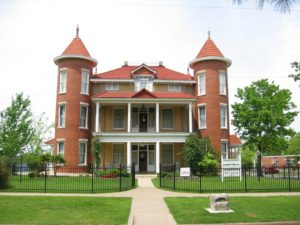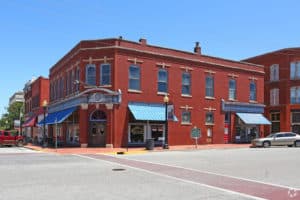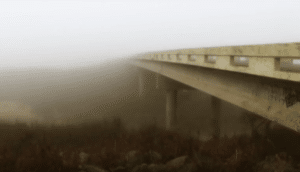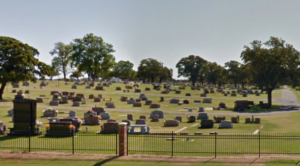Unveiling the Historical Tapestry of Fort Washita, Oklahoma
Nestled in the Cross Timbers region near present-day Durant, Oklahoma, Fort Washita’s stone walls whisper tales from a bygone era. Established on Christmas Day in 1842 by Captain Marinus Willett under the directive of General Zachary Taylor, this fort was not just a military installation but a pivotal hub in the tumultuous history of the Indian Territory.
Originally instituted following President John Tyler’s strategic vision of a “chain of posts”, Fort Washita served as a protective barrier and a point of control over the interactions between various Native American tribes and European settlers. Named after the local Wichita tribe, specifically the Taovayas group known for their distinct long curly hair, the fort symbolized both safety and conflict.
A Glimpse into Fort Washita’s Vibrant Past
Throughout the 1840s and 1850s, Fort Washita played a crucial role in the displacement of Native American tribes, a somber chapter in American history. It functioned as a strategic military post during the settlement of the Indian Territory, a time marked by profound upheaval and change. However, its active use came to an abrupt end when it was abandoned in 1861 with the onset of the Civil War, leading to a period of silence and decay.
Today, Fort Washita has been resurrected as a vibrant state historic site and museum, offering visitors a chance to step back in time and explore the complex legacy of this fascinating location. Through carefully preserved ruins and engaging exhibits, the site educates the public about the fort’s historical significance and the stories of those who lived and fought here.
Mysterious Echoes: Paranormal Encounters at Fort Washita
Adding to its historical allure, Fort Washita is reputed to be a hotspot for paranormal activity. Visitors and paranormal investigators alike have reported a range of unexplained phenomena, from ghostly apparitions to mysterious sounds. Whether attributed to the spirits of fallen soldiers or the displaced Native Americans, these eerie encounters provide a haunting reminder of the fort’s turbulent past.
Though the true source of these paranormal experiences remains shrouded in mystery, they undeniably contribute to the fort’s mystique, making it a fascinating destination for those interested in both history and the supernatural.
Whether you’re a history buff, a paranormal enthusiast, or simply looking for an intriguing day out, Fort Washita offers a unique glimpse into the complex tapestry of American history, set against the backdrop of Oklahoma’s beautiful landscape. Its walls may not talk, but they certainly have incredible stories to tell.











Leave a Reply